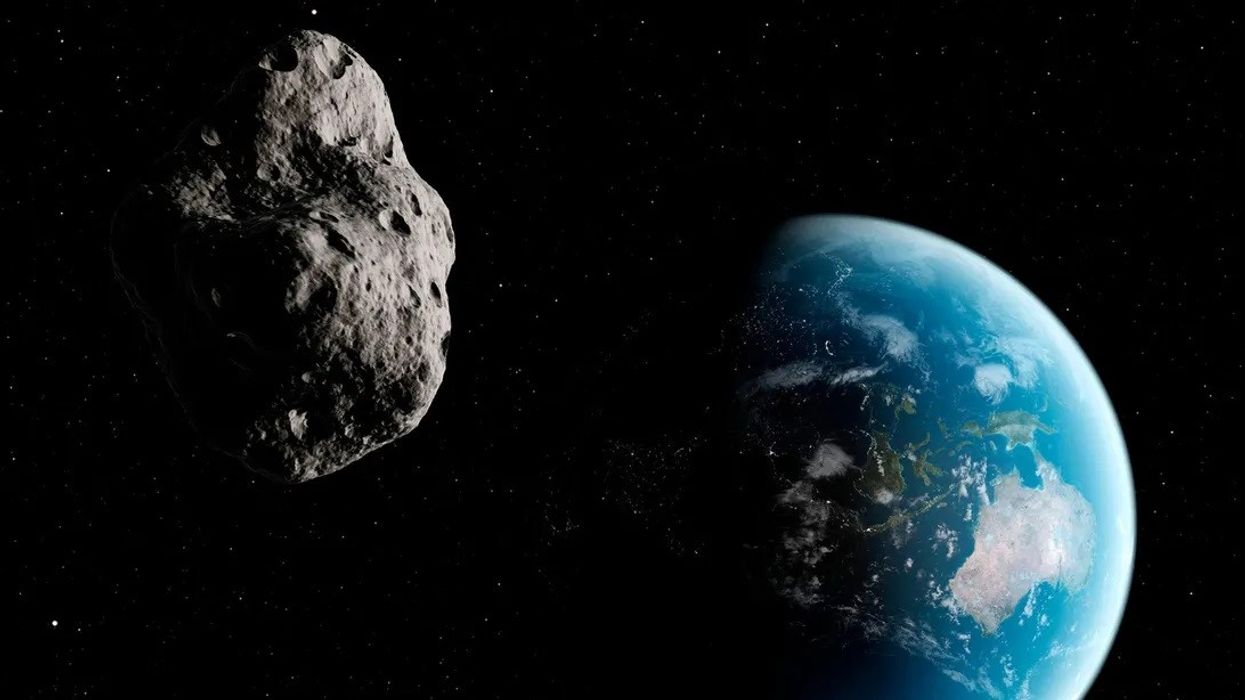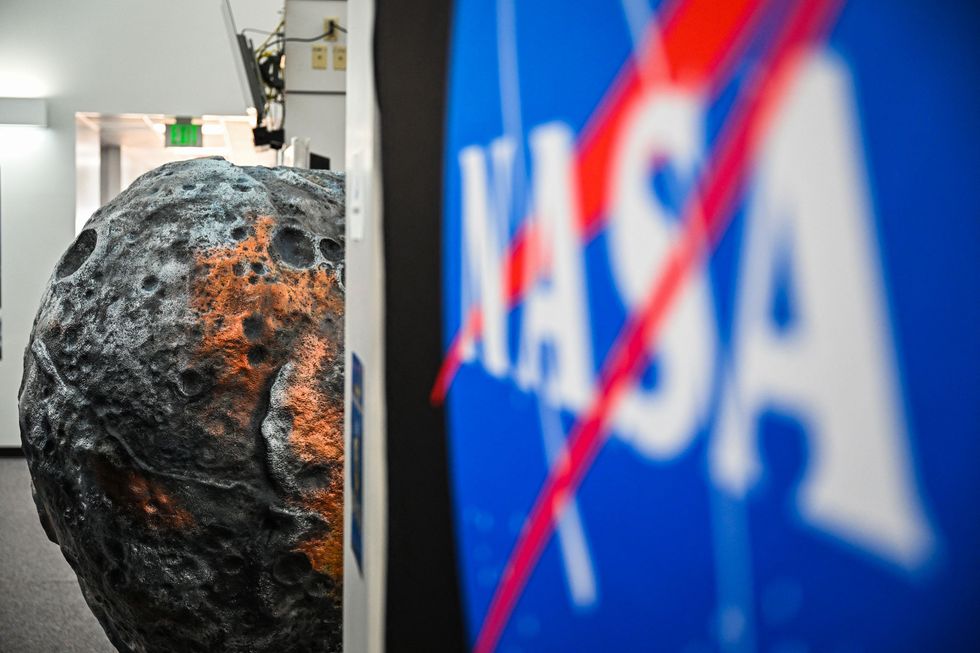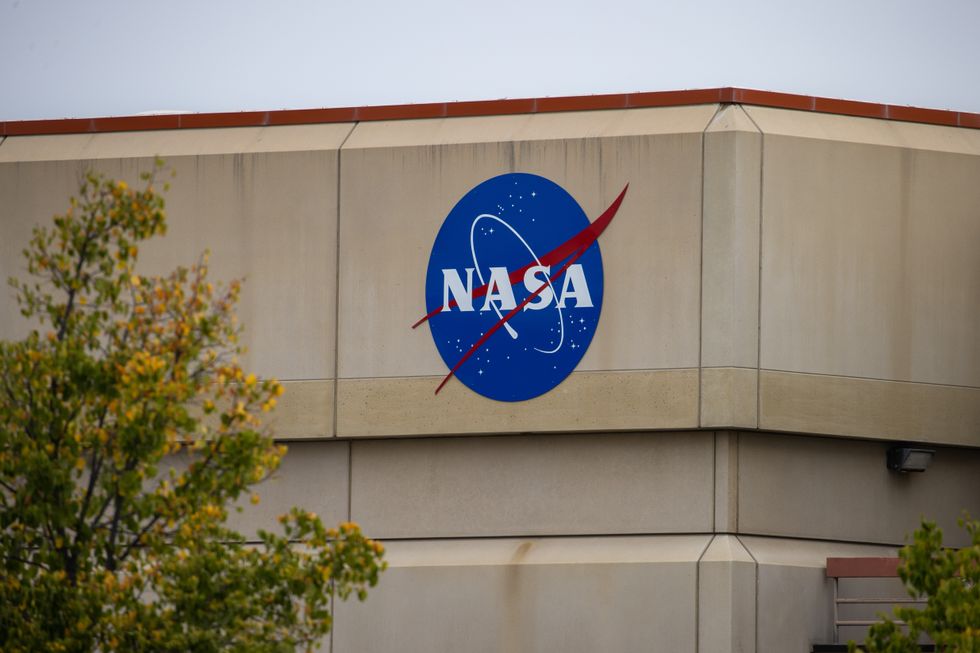'Lost' asteroid could strike Earth in 2024, Nasa warns as chance of deadly impact set out

The asteroid has been given a 1 in 10 million chance of hitting the earth
|WikiCommons

Several asteroids on a collision course with Earth thousands of miles away
Don't Miss
Most Read
Latest
An asteroid that was lost in 2007 has a slim chance of hitting the Earth next year, according to Nasa.
The asteroid, named 2007 FT3, was first spotted floating through space in 2007.
However, scientists soon lost its flight path with no idea where it went.
After this, 2007 FT3 has been categorised as a "lost asteroid".

2007 FT3, was first spotted by Nasa floating through space in 2007.
|Getty
Nasa puts it at a 0.0000096 percent — or 1 in 10 million — chance of striking our planet on March 3, 2030.
However, there is an another estimate that suggests 2007 FT3 has a probability of 0.0000087 percent, or 1 in 11.5 million chance of striking the Earth on October 5, 2024.
The asteroid, if it were to strike earth, has the potential to release the energy equivalent to the detonation of 2.6 billion tons of TNT.
This would be enough to cause a lot of regional destruction, but it would be not enough to spur a severe global event like that which led to the extinction of the dinosaurs.

The majority of asteroids aren't predicted to come anywhere near the planet for hundreds of years
|Getty
Nasa estimates there are currently over 32,000 known near-Earth asteroids (NEAs) and more than 120 known short-period near-Earth comets (NECs).
Most of these asteroids are tracked by NASA's Centre for Near Earth Object Studies (CNEOS).
The majority of these aren't predicted to come anywhere near the planet for hundreds of years.
However, one object, known as 29075 (1950 DA), is the second riskiest rock on NASA's agenda and measures 0.81 miles (1.3 kilometres) and weighs in at 78 million tons (71 metric tons).
Scientists, who first spotted it in 1950, lost track of it for 50 years before finding its path.
29075 (1950 DA) has a 0.0029 percent, or 1 in 34,500, chance of hitting Earth on March 16, 2880.
The object would release the energy equivalent to 75 billion tons of TNT.
This amount is high enough to completely wipe out humanity.










